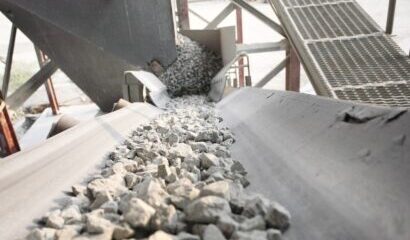Asian GPs must tell better stories when exiting assets – Bain & Co
Private equity firms in Asia Pacific must be more creative in their pursuit of exits as ageing portfolios threaten to undermine returns and harm the industry’s fundraising prospects, according to Bain & Company.
“The ageing portfolio problem is becoming more serious – for all private equity firms, big and small,” said Elsa Sit, a vice president and member of the firm’s private equity practice in the region.
“Given the limited exit opportunities, we see teams focusing on creating a compelling equity story and being creative in the search for potential buyers. To do that, you need to understand your positioning. In the past, the exit process was driven by bankers. Now, the GP or the portfolio company must be more proactive in building a convincing equity story to find the right buyer and sell well.”
In 2023, exits were down 26% versus the previous five-year average, with only 22% of GPs surveyed for Bain & Company’s Asia-Pacific Private Equity Report 2024 making successful exits as planned. Thirty percent made no exits at all. Challenging macroeconomic conditions and underperforming and unpredictable IPO markets were the most frequently cited reasons for the downturn.
In the past six years, LPs have only seen two years of positive net cash flow from private equity in the region – although the asset class continues to outperform public markets on a five-year, 10-year, and 20-year basis.
With fundraising plummeting to a 10-year low and investment coming in at 35% below the average for the previous five years, the report painted a glum picture of 2023. Japan was one of the few bright spots in the region – a finding seemingly confirmed by recent robust fundraising activity in the country.
The average holding period for private equity portfolios has increased since 2015 despite the surveyed investors saying they had tried to sell half of the assets held for more than five years.
Bain & Company found that, in successful sale processes, GPs had often conducted new diligence efforts or refreshed their pre-sales strategy to sharpen the equity story. In-depth reviews helped reinforce confidence in strategy among portfolio company management teams, made transactions run smoother, broadened the range of interested investors, and increased exit valuations, survey respondents said.
The report cites a partial exit of an industrial gases business to a US-based infrastructure fund – likely a reference to IMM Private Equity’s sale of a 30% stake in South Korean gas supplier AirFirst, formerly known as Linde Korea, to BlackRock for KRW 1.1trn (USD 818m) – as a case in point.
A strategic review, initiated several months before the sale process was launched, established that gas sales were unlikely to be significantly impacted by an economic downturn and that prospective local competitors would face high barriers to entry. Reaffirmation of the company’s strong market position helped stir interest among infrastructure fund managers in Asia and globally.
Sit emphasized that being more thoughtful about the possible next owners of assets and positioning those assets to maximise appeal represent two parts of the equation. That positioning must be backed up by data confirming the equity story.
“You need to prove your case to potential buyers – the business model, the addressable market, the competitive positioning, the future opportunities for value creation, which must also be quantified. Previously, investors started preparing for exit not long before they launched a sale process. Now, you probably need 6-18 months to cover everything,” she said.
While survey respondents pointed to valuation mismatches as the most common factor behind failed sale processes, the motivations of those that didn’t try to exit were more evenly split between would like to exit but the environment is not right; want to hold for longer to improve company performance; and want to hold longer because the company is performing well.
Sit observed that investors must have extremely high conviction around an asset to forgo an exit at a time when LPs want to see liquidity. Elaborating on the risks, she referenced a manager that was on course for a 4x return pre-pandemic but decided to hold on in the hope of an even larger multiple. Within two years, the entire market dynamic had changed, and it was hard to find any interested buyers.
“You must be clear about the additional upside of holding for longer. If there’s a 20% chance of getting 20% more, is it worth waiting?” Sit said.
At the same time, the reluctance to invest amid uncertain conditions is creating another problem. A relatively weak year for fundraising didn’t prevent a surge in dry powder – having fallen from USD 562bn to USD 490bn in 2022, it rebounded to an estimated USD 670bn in 2023. About one-third of undeployed capital in the region has been committed for four years or longer.
“This is probably the period with the fewest number of capital calls I’ve ever seen,” Sit added. “We’ve had two years of limited deployment. LPs might have been comfortable with that, but GPs cannot hold off for too long. Look at the dry powder. About one-third of all undeployed capital in the region has been there for four years or more. GPs are now under pressure to deploy.”
The number of active investors in Asia Pacific fell by 25% in 2023. Fewer deals and a slowdown in fundraising left a number of underperforming funds unable to compete, the report noted. The largest players benefited from the drop-off in competition. The 20 largest funds in Asia – most managed by global GPs – accounted for 47% of overall deal value. The average for the prior five years is 31%.












